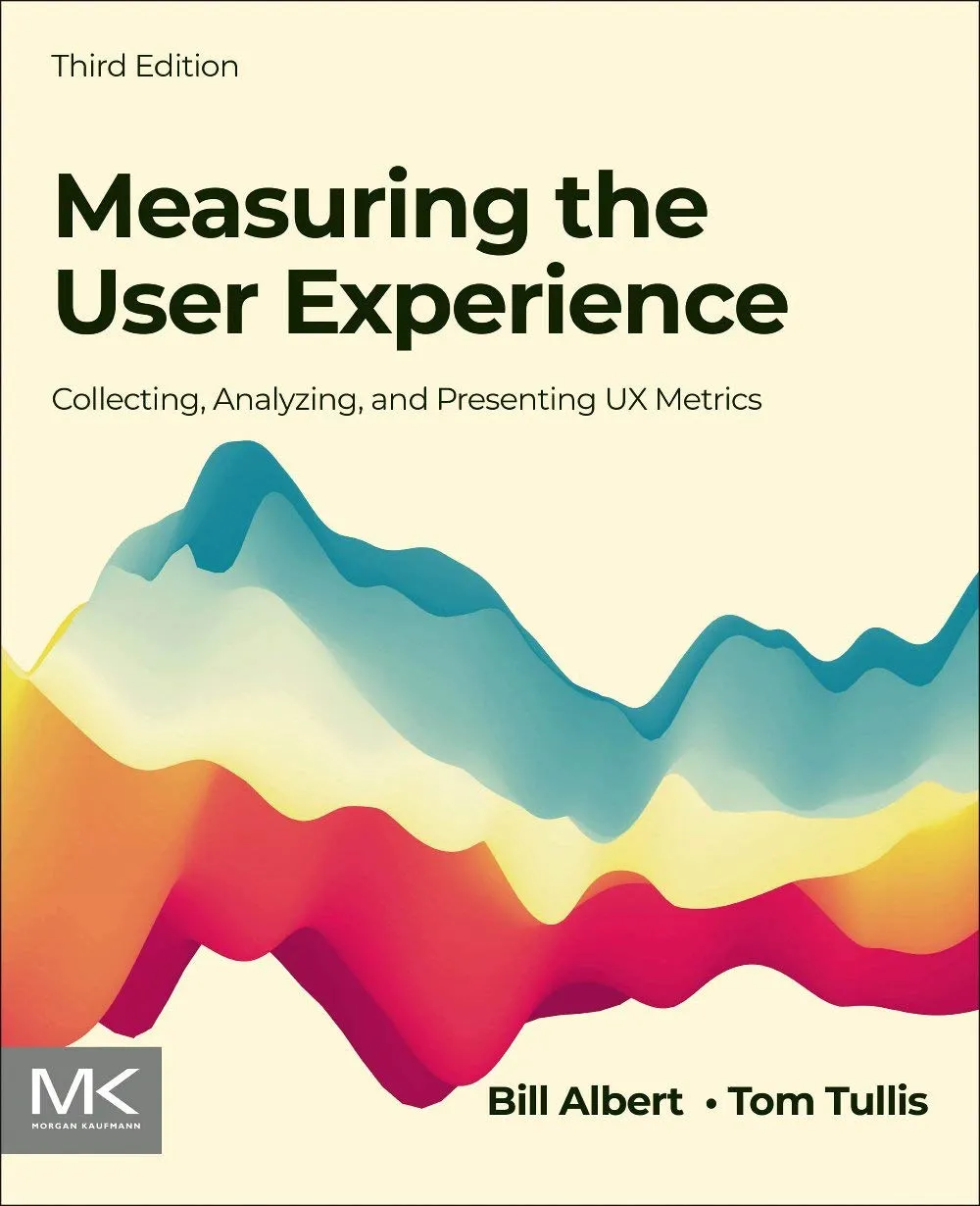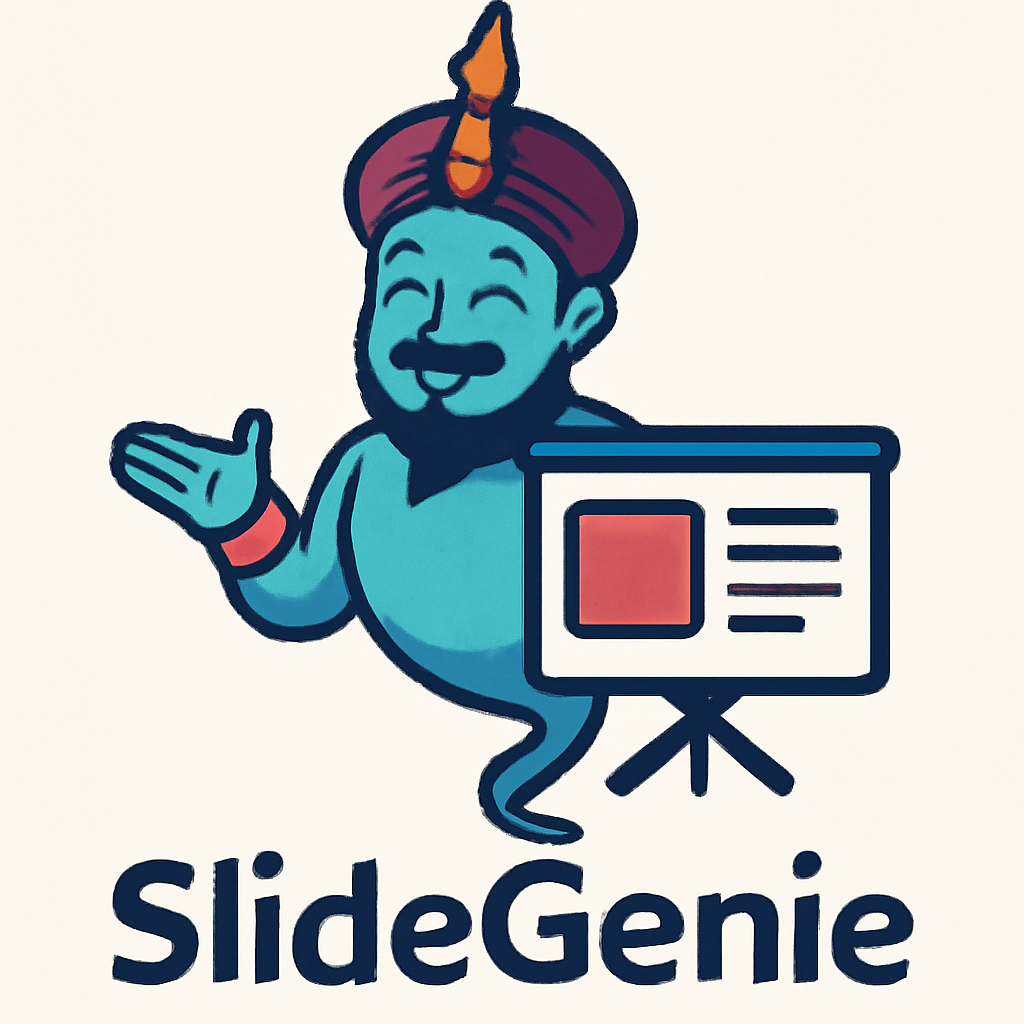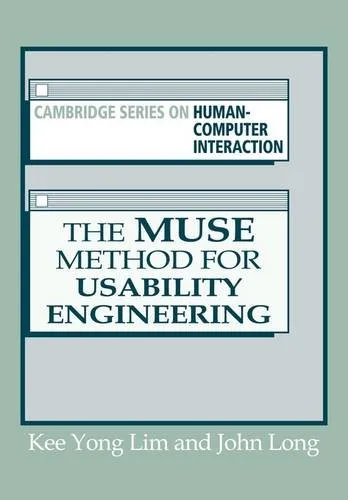Measuring the user experience: collecting, analyzing, and presenting usability metrics
4.5
Reviews from our users

You Can Ask your questions from this book's AI after Login
Each download or ask from book AI costs 2 points. To earn more free points, please visit the Points Guide Page and complete some valuable actions.Related Refrences:
Introduction to "Measuring the User Experience: Collecting, Analyzing, and Presenting Usability Metrics"
"Measuring the User Experience" by Thomas Tullis and William Albert is a comprehensive guide that delves into the crucial aspect of user experience (UX) measurement. In today’s digital age, UX plays a pivotal role in determining the success and usability of digital interfaces. Tullis and Albert expertly navigate the terrain of usability metrics, offering insights into their collection, analysis, and presentation.
Detailed Summary of the Book
With a firm grounding in the principles of usability studies, this book lays out a roadmap for evaluating user experiences in a structured manner. The authors begin with the fundamentals of usability evaluation, outlining the significance of setting clear goals and objectives. They stress the importance of understanding the different types of metrics—such as performance-based metrics, self-reported metrics, and behavioral/physiological metrics—and how each contributes to a holistic view of user experience.
The book meticulously discusses methodologies for collecting data, emphasizing both qualitative and quantitative approaches. It provides practical guidance on conducting usability studies, including task completion times, error rates, and satisfaction ratings. Tullis and Albert emphasize the need for rigorous data analysis techniques, offering strategies for making sense of diverse datasets.
As user experience doesn't end at data collection, the book also explores how to effectively present findings. The authors advocate for clear and concise reporting methods, underpinned by robust visualization techniques. By employing compelling narratives and actionable insights, readers learn how to communicate their findings to stakeholders effectively.
Key Takeaways
- Understanding the different types of usability metrics is crucial for a rounded evaluation.
- Data collection should be methodical, balancing qualitative insights with quantitative data.
- Analysis techniques are indispensable for interpreting diverse and complex datasets.
- Effective presentation of usability findings ensures that feedback leads to actionable improvements.
- A strong emphasis on storytelling aids in communicating usability insights to diverse audiences.
Famous Quotes from the Book
"Usability metrics are not just numbers; they tell the story of user interaction."
"A meaningful user experience is measured by what users can do and how they feel when doing it."
Why This Book Matters
In an era where digital products are ubiquitous, ensuring a positive user experience has become paramount for businesses and designers alike. "Measuring the User Experience" equips professionals with the tools to assess and enhance UX systematically. By offering actionable insights and methodical strategies, this book empowers readers to make data-driven decisions that genuinely enhance usability.
The practical approaches provided in the book make it a valuable resource not just for UX researchers, but also for product managers, developers, and designers. It bridges the gap between data and design, enabling professionals to create products that resonate with users.
Free Direct Download
You Can Download this book after Login
Accessing books through legal platforms and public libraries not only supports the rights of authors and publishers but also contributes to the sustainability of reading culture. Before downloading, please take a moment to consider these options.
Find this book on other platforms:
WorldCat helps you find books in libraries worldwide.
See ratings, reviews, and discussions on Goodreads.
Find and buy rare or used books on AbeBooks.
1325
بازدید4.5
امتیاز50
نظر98%
رضایتReviews:
4.5
Based on 0 users review
"کیفیت چاپ عالی بود، خیلی راضیام"
Questions & Answers
Ask questions about this book or help others by answering
No questions yet. Be the first to ask!





